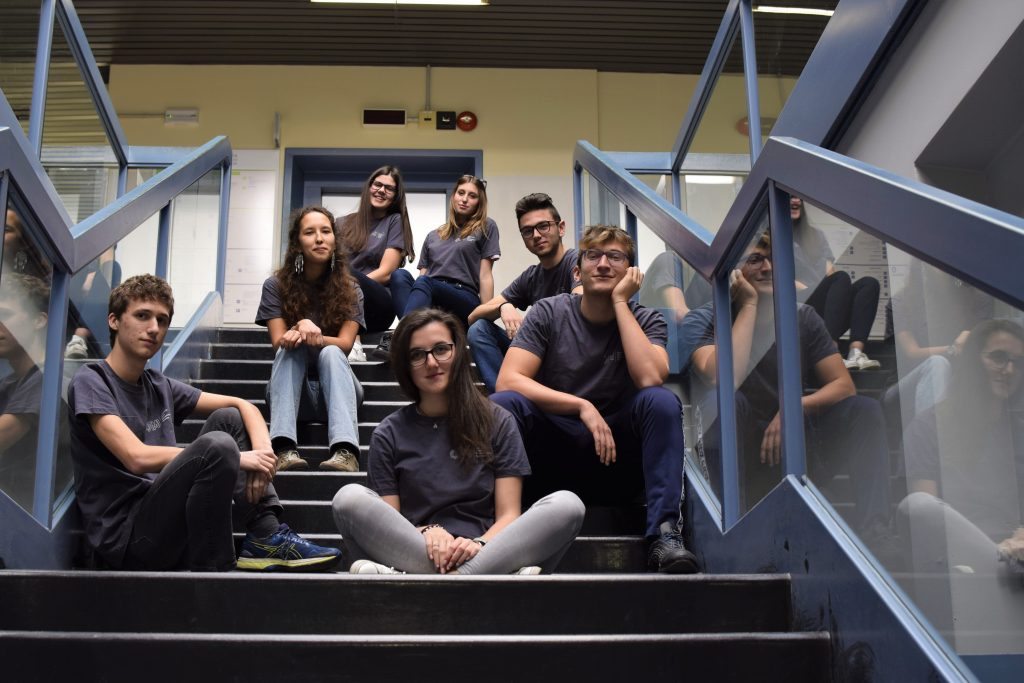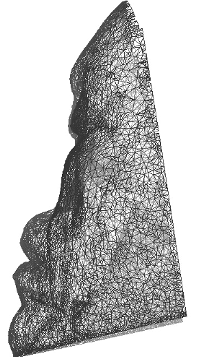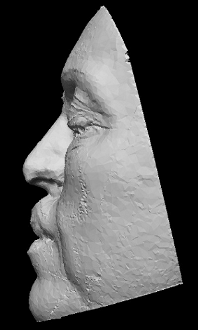This activity has been accomplished in collaboration with the dept. of Physics of the Politecnico of Milan. The objective was to develop and test specific image processing algorithms based on piece-wise linear histogram transformation to assist tumor detection by means of a time-gated fluorescence imaging technique. The developed procedures have been designed to improve, in real time, the quality of the images taken by means of an intensified video camera. Smart optimization criteria have been followed for the automatic choice of the enhancement parameters. An example applied to the detection of experimental tumors induced in mice is shown in the figures below.



